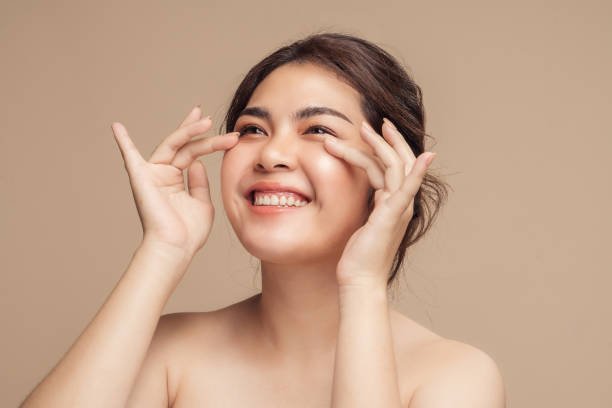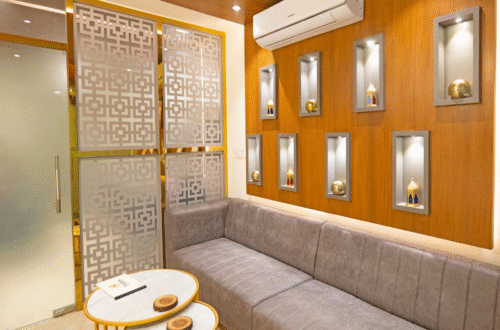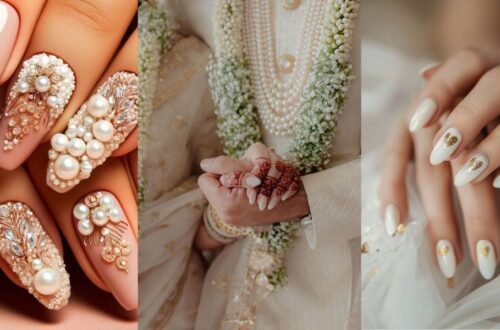Makeup has long been more than a beauty accessory—it’s a cultural symbol that reflects identity, confidence, and personal expression. Across the world, traditions, social norms, and personal preferences have shaped how women use cosmetics. In some societies, makeup is a celebration of art and heritage; in others, it is viewed as a modern expression of individuality. As an Udaipur makeup Artist, understanding these cultural nuances is essential in creating looks that not only enhance beauty but also respect tradition.
The Historical Roots of Makeup in Different Cultures
Makeup use dates back thousands of years, with ancient civilizations integrating it into daily life and ceremonial events. In Egypt, women used kohl to define their eyes, not just for beauty but for spiritual protection. In China’s Tang Dynasty, bright rouge and delicate powders reflected wealth and social class. Indigenous communities worldwide have used natural pigments to convey marital status, tribal identity, or readiness for special ceremonies. These examples show how makeup has often carried meanings beyond the surface, acting as a bridge between personal identity and cultural heritage.
Makeup as a Tool of Empowerment
For many women today, makeup is synonymous with empowerment. It allows for creative self-expression and helps boost confidence in both personal and professional settings. In modern workplaces, makeup can be a form of self-presentation, influencing how one is perceived in terms of confidence and competence. However, empowerment is subjective—some women find freedom in wearing makeup, while others embrace their natural look as a statement of self-acceptance. What unites these perspectives is the personal choice and agency behind each decision.
Cultural Expectations and Social Norms
Different cultures view makeup through unique lenses, often tied to social norms and expectations. In parts of East Asia, natural and minimal makeup is associated with purity and professionalism. In contrast, in regions like the Middle East, bold and dramatic makeup styles are celebrated as a sign of sophistication and femininity. These expectations often influence how women approach beauty routines, especially during significant life events like weddings, festivals, or professional gatherings. Cultural perspectives also affect how makeup trends evolve, with some societies prioritizing subtle elegance and others embracing artistic boldness.
Makeup in Religious and Traditional Contexts
In many traditions, makeup plays a role in religious or ceremonial settings. Indian bridal makeup, for example, often incorporates rich colors and intricate designs to symbolize prosperity, joy, and the sacredness of marriage. Similarly, in Japan, the geisha’s distinctive white face paint and red accents are steeped in cultural symbolism, representing grace and artistry. Understanding these traditions ensures that makeup application is not only aesthetically pleasing but also culturally respectful.
The Modern Global Influence
Globalization and social media have transformed the makeup industry, creating a blend of cultural styles and trends. International beauty influencers share tips that reach millions, resulting in fusion styles where traditional elements meet modern techniques. A bridal makeup look in India today might incorporate both classical kohl-lined eyes and a contemporary dewy finish. These cross-cultural influences have broadened beauty standards, making makeup artistry a truly global form of creative expression.
The Role of Makeup in Social Celebrations
From weddings to festive gatherings, makeup remains a central element of celebration. In Udaipur, known for its royal heritage and vibrant culture, makeup for events is often inspired by regal elegance. Whether it’s achieving the Best Party makeup in Udaipur or creating intricate bridal styles, the artistry reflects both modern trends and cultural pride. Party makeup, in particular, blends glamour with comfort, ensuring that women can look radiant while enjoying long hours of celebration.
Hair Styling and Makeup as a Complete Look
In many cultural contexts, hair and makeup are inseparable parts of a woman’s overall look. A traditional saree or lehenga, for instance, is elevated by a matching hairstyle that complements the makeup. Skilled professionals, such as the Best Hair Stylist in Udaipur, understand how to merge hair textures, accessories, and styles with cultural makeup preferences to create a cohesive and polished appearance. This integration is especially vital for weddings, where every detail contributes to the bride’s visual story.
Challenges and Criticisms
While makeup is celebrated in many cultures, it also faces criticism in certain contexts. Some argue that societal pressure to wear makeup reinforces unrealistic beauty standards. Others see it as a commercial industry exploiting insecurities. These debates often overlook the diversity of experiences—while some women feel burdened by these expectations, others use makeup as a joyful and empowering practice. Recognizing this complexity allows for a more nuanced conversation about beauty and culture.
Cultural Adaptation in Makeup Artistry
A successful makeup artist must balance global trends with local traditions. In multicultural settings, this means understanding different skin tones, facial features, and cultural aesthetics. It also involves sensitivity to occasions where specific colors, styles, or patterns hold symbolic meaning. For example, certain shades may be avoided in mourning ceremonies, while others are considered auspicious for celebrations. This adaptability ensures that makeup artistry remains relevant, respectful, and deeply connected to the wearer’s identity.
Conclusion: Beauty Beyond Borders
Cultural perspectives on women using makeup reveal that cosmetics are far more than superficial enhancements. They are tools of tradition, markers of identity, and channels of personal expression. In every culture, makeup carries stories—of heritage, transformation, and empowerment. For makeup artists and beauty enthusiasts alike, understanding these stories allows for a deeper appreciation of the art form and its role in shaping women’s experiences across the world.





